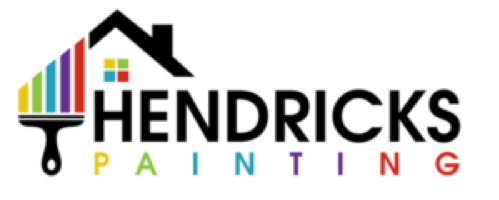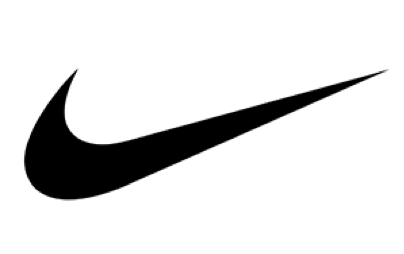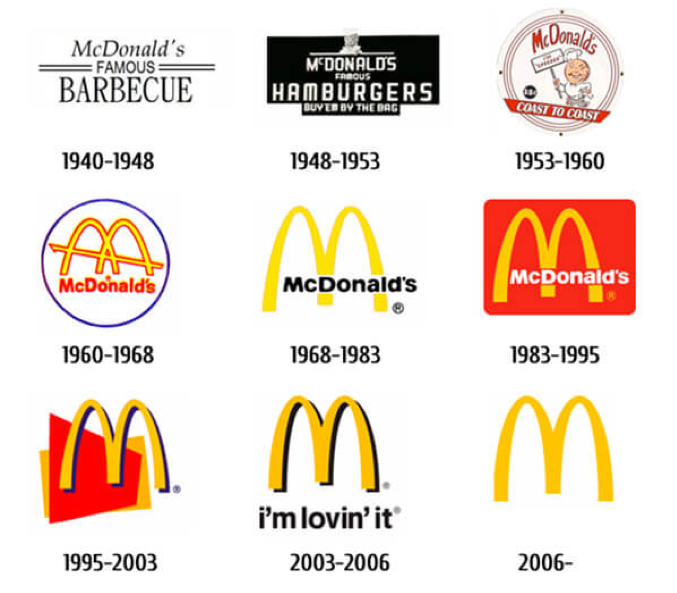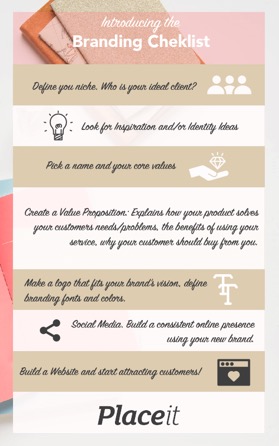Becoming your own boss is a big thrill! However, it can be very overwhelming too, all the planning, all the responsibility is yours, and you probably want to see fast profit from all the time spent and all your efforts. Tag along to learn the basics of branding your small business like the pros.
- Brainstorming Your Brand
- Determine Your Target Audience
- Branding
- Branding Assets and Consistency
- Social Media and Branded Images
- Make a Website
- Make a Business Card
- Branding Checklist
- Use Mockups
“Look like an expert right from the start”
If you already have a great idea to start a small business, first of all, take your time to thoroughly choose your niche. This will affect every bit of your product or service characteristics from its image to the pricing.
Give yourself a time schedule and stick to it, with deadlines and everything. Being on your own boss sometimes is twice as overwhelming as working an office schedule. So don’t get lazy you need to work harder to make you small business launch.
Pro tip: online businesses require less capital investment
So let’s get started…
1. Brainstorm your brand from A to Z
Define your brand’s goal as a company, for your customers and for you. Don’t just consider your logo, think about your brand as a whole. Get inspired by other super companies you look up to. Look at their products, their services, their image, their strategies, you don’t have to be a genius to notice that Starbucks always calls their customers by their names so that they feel like they’re part of the brand. Take your time to really observe everything about your:
- Future competitors
- The kind of business you would like to own
2. Determine Your Target Audience
You should be perfectly clear of your average customer’s age, sex, town, likes, dreams, etc. This information is gold in order to adapt your small business branding to fit their needs and catch their attention. In this step, you should determine your customer’s persona and your competitive advantage.
3. Time to Get Real and Brand Your Image
You should add value to your business through branding. Your logo stands to represent everything your brand means. Scout your competitions’ logos and identify which are more eye-catching and which are more forgettable so that you can establish a pattern and make an informed decision on your logo design. This will help your design the best logo for your brand. There are three kinds of logos you can choose:
There are 3 kinds of logos you can choose:
Font based like IBM

Illustrative logos (which basically displays what the company does)

Finally abstract logos like Nike’s swoosh

Keep it clean and functional. It is important that you have in mind that your logo is supposed to look clean and clear. Your logo should look good on a business card, banners, on your website, anywhere! Also, you might want to make the negative version too, this means having a design that both looks good over light or dark backgrounds, or having a light version and a dark version to contrast in either situation.
Use your logo to suggest your customers benefit, for example, if you open a laundry service and you want to state that it is the fastest in the market, then you can use a time-like graphic, lightning or a tornado, for an architecture firm you might gravitate towards homes or abstract shapes. Be creative! Get inspired and more tips from these logos for different types of businesses.
A logo should attempt to be timeless, so don’t get too much into trendy fashions. With time, you will be able to make little adjustments and new versions but your logo essence should always be the same.

Define your brand’s personality in order to decide what type of assets you are going to make (with light colors, soft fonts, bold fonts, etc.) This is very helpful when keeping consistency between all your visual assets.
Take It Further with a Logo Animation Video
This is a great idea to make your presentation and logo reveal way more exciting than just display your brand new business logo as a static image.
Is it really necessary? People get more attracted to animated content compared to traditional logos. It’s just… eye-catchy, it brings a plus to your logo, it’s fun and cheerful. Remember your logo plays an important role in your brand’s awareness so it just good sense to increase its level to get a more interested audience.
You can use it everywhere, on your social media, your brand’s presentation, a video, anything!
4. Create Core Branding Assets and Keep Them Consistent
Every single visual material has to be consistent with your brand, think of your logo, the fonts you use and your color palettes. Like I’ve said before, the difference between a successful brand and other less known ones has a lot to do with their branding consistency and their marketing efforts. So, the elements you use in your logo should also be present in your flyer designs, business cards, etc.
It takes a huge amount of marketing efforts and really good luck for a customer to even remember you over all the options in the market, you don’t want to make the mistake of giving him a piece a visual that doesn’t involve your brand’s identity. Imagine what would happen to Coca-Cola if it suddenly decided to change their color to blue!

5. Social Media Branded Images
Choose at least two social media networks to work with. Which two? That depends on your business. If your work is very visual your best bet is to try a platform like Instagram, instead of a text-based one like Twitter.

To post, and basically make it as your own community manager make a schedule on any platform or program you want, and do some research on the peak hours to post.
Schedule your post weeks in advance
You can do so using your social media image designs along with great copies, hashtags, locations anything that each post needs, and make a calendar. This way you are ensuring that you post consistently. You can use a scheduling platform like Hootsuite to do this. Another thing to keep in mind is the size of the images you post. If you use the same exact image for all of your social platforms, you risk having images get cut off or simply look off. Avoid this by creating images at the ideal size for each social media site. Making social media images that fit your brand isn’t hard either, you just need the right tools.
7. Make a Website to Land Potential Customers
Create a website and/or social media pages. If you are not sure what you would even put in there, then be practical: make a landing page where you can say what you sell, put examples of it, your contact information and your social media. To go further on this subject here are 10 steps you can follow to get started with your website creation.
8. Create a Dashing Business Card Design
Promote your new small business with personalized business cards. Giving your contact information by mail is very impersonal, there is a certain charm to having your own custom business cards. They are a great direct marketing strategy, it’s your customers first look at your brand and it shows that you are prepared. For example, Placeit’s Business Card is super easy to use and gives you an instant high-quality image to download that will crush it on print too!

9. Mockups Are Very Helpful for Your Small Business Branding Too
Always consider your brand in every communication opportunity with your customer. Now, when starting a small business, you will have a tight budget, so at least for now, don’t spend a fortune on things that are not essential. For example, you don’t need to actually print branded packaging, you could simply make a mockup instead to have a branded package image to share online. Images online should have great quality and be professional, if you don’t have these and you can’t hire a photographer just yet, think about using mockups. It’s a great way to save money.
How quickly do you need money? This is a biggie, and something you can’t overlook. Products and services can take a while to be profitable so if you need a faster income, you might want to think about other income options in the meantime, freelancing, even a job while you get your own business going. As a freelancer, you’ll also have to develop your brand. For example, if you’re a writer you’ll need a writer persona, logo, etc.